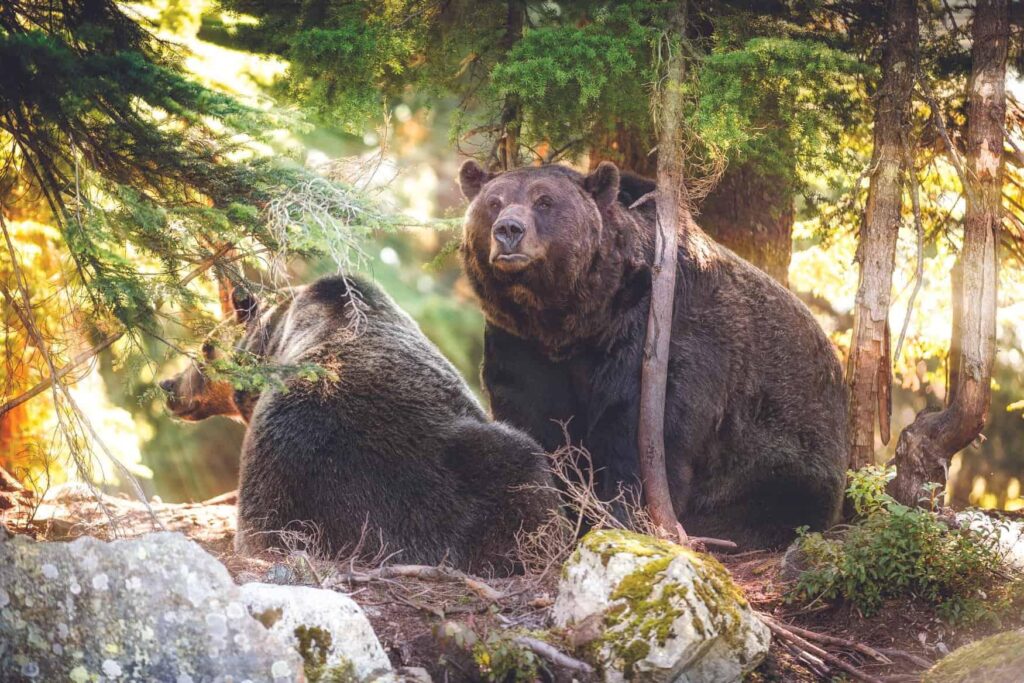Introduction:
Nestled within the breathtaking vistas of Montana, where majestic mountains rise alongside expansive valleys, nature’s splendor serves as both a backdrop and a platform for scientific discovery. “Chronicles from the Wilderness: A Tribute to Science” embodies this dynamic fusion of environmental marvels and meticulous research. This article, featured by Explore Big Sky, explores the transformative impact of scientific investigations carried out in one of America’s most untouched natural areas. By highlighting the pioneering efforts of ecologists, biologists, and conservationists, we reveal how these passionate individuals are not only deepening our comprehension of biodiversity but also championing the protection of ecosystems increasingly endangered by climate change and human intervention. As we journey through recent discoveries and field experiences, we invite readers to recognize the essential role science plays in deciphering nature’s complexities while underscoring the urgent need for stewardship in this remarkable realm.
Nature and Science: A Journey Through Biodiversity in Big Sky
In Big Sky’s core lies an evolving story that intertwines nature’s unspoiled beauty with scientific precision. Researchers are actively charting this region’s diverse biological landscape, revealing astonishing interconnections among species and their environments. These findings extend beyond academic interest; they serve as crucial reminders about maintaining life’s delicate equilibrium within this stunning area. Preliminary research has identified numerous endemic plant species flourishing under unique climatic conditions alongside wildlife that relies on these plants for survival. This blend of biology with geography lays a foundation for sustainable conservation initiatives.
Diving deeper into these ecosystems, scientists are utilizing cutting-edge technologies such as *drones* and *environmental DNA analysis* to catalog often-overlooked species. The information gathered enhances our understanding of ecological interactions while playing vital roles in conservation strategies. Recent studies have highlighted several key developments:
- Flora Mapping: Over 50 new plant species identified within just one year.
- Wildlife Monitoring: Employing GPS collars to track migration patterns among significant species like elk and bears.
- Mushroom Studies: Discoveries related to mycorrhizal networks that bolster plant health and soil quality.
| Species | Status | Notes | ||
|---|---|---|---|---|
| Elk | Stable | Catalysts for forest ecosystem maintenance. | ||
| Grizzly Bear | Endangered | Pivotal for genetic diversity across mountain ranges. | ||
| Common | Indicator species reflecting mountain habitat health.< / td > < / tr > < / tbody > < / table > Immersive Field Studies That Drive Conservation InitiativesThe extensive wilderness surrounding Big Sky provides critical insights into ongoing conservation narratives through immersive field studies conducted by researchers who uncover essential data impacting local ecological well-being as well as global efforts against environmental degradation. These hands-on investigations enable scientists to observe *complex relationships* within ecosystems while illuminating interactions between various species along with *natural habitat resilience*. From tracking *wildlife populations* to assessing climate change effects on indigenous flora—each observation fuels initiatives aimed at preserving these vital environments. The results from such studies often reach broader audiences promoting advocacy cultures among local communities alongside dedicated conservationists alike; key components include:
|
